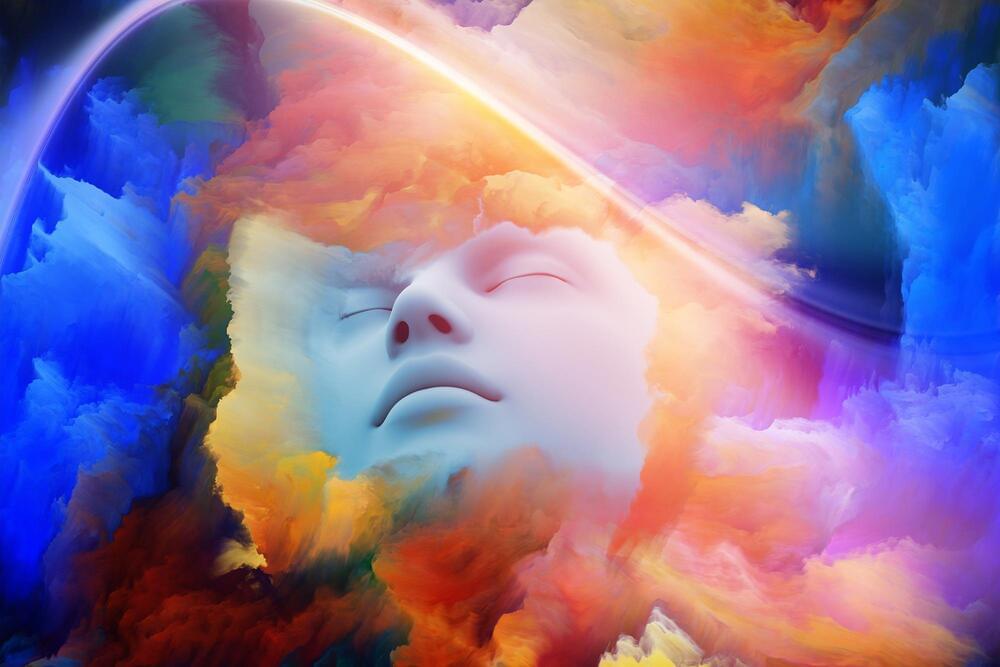When our eyes move during REM sleep, we’re looking at things in the dream world our brains have created, according to a new study by researchers at the University of California, San Francisco (UCSF). The findings shed light not only on how we dream, but also on how our imaginations work.
REM sleep, which is named for the rapid eye movements associated with it, has been known since the 1950s to be the phase of sleep when dreams occur. But the purpose of the eye movements has remained a matter of much mystery and debate.
REM sleep first occurs about 90 minutes after falling asleep. Your eyes rapidly move from side to side behind closed eyelids. Mixed frequency brain wave activity becomes closer to that seen in wakefulness. Your breathing becomes faster and irregular, and your heart rate and blood pressure increase to near waking levels. Although some can also occur in non-REM sleep, most of your dreaming occurs during REM sleep. Your arm and leg muscles become temporarily paralyzed, which prevents you from acting out your dreams. You sleep less of your time in REM sleep as you age.
